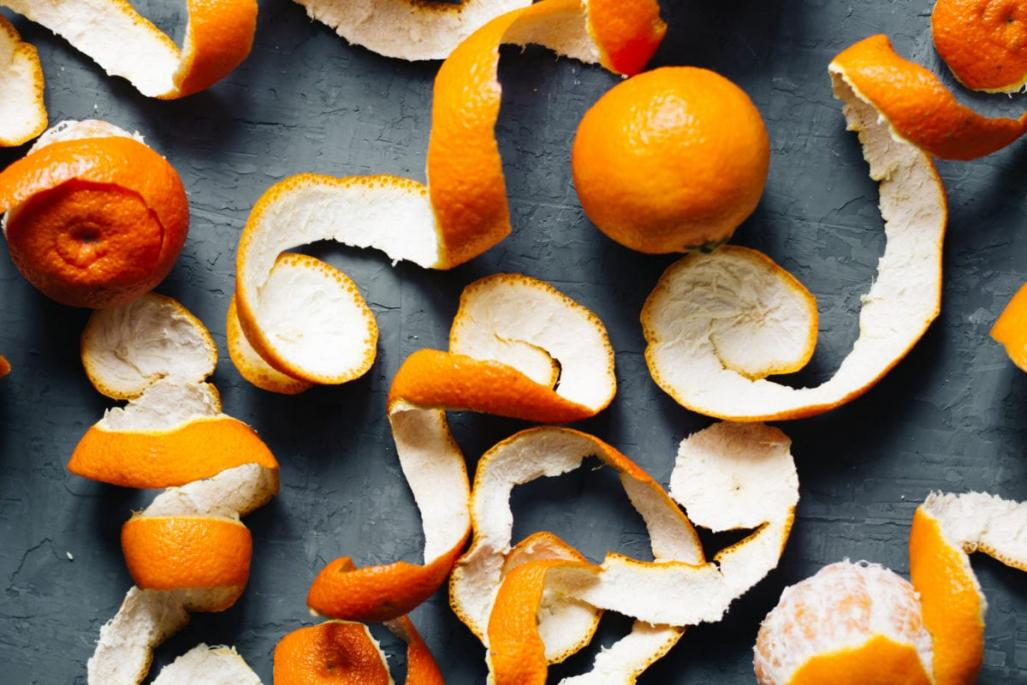Phytochemical constituents and potential applications of Thomson Navel orange (Citrus × aurantium var. sinensis L.) peel extracts: Antioxidant, antimicrobial and antiproliferative properties

Citrus peel extracts represent a valuable source of bioactive compounds with multifaceted applications. Further studies are needed to explore their full potential and optimize extraction methods for broader commercial utilization. In this study, the detailed phytochemical composition of the polar and non-polar extracts from Tunisian Thomson Navel orange peels (Citrus × aurantium var. sinensis L.) peels was investigated. Moreover, the antioxidant, antimicrobial and cytotoxic effects were assessed in vitro. Results indicate that polar components were particularly abundant in this raw material. Chemical profiling of the non-polar extract using gas chromatography-mass spectrometry revealed the presence of volatile terpenic compounds (limonene, valencene, nootkatones, etc.), long-chain alkanes (tricosane, nonacosane, and triacontane), triterpenes (squalene, 2,3-oxidosqualene and α-amyrine), phytosterols (γ-, β- sitosterols, fucosterol, cycolartenol, and 24-methylene cycloartanol), fatty acids (linoleic and palmitic acids), and polylmethoxylated flavones (nobiletin, 3-methoxynobiletin, tangeretin and tetramethyl-O-scutellarin). The Spectrophotometric determination showed that the methanol extract contained 30.7 mg GAE/g extract and 9.5 mg QE/extract of total phenol content and total flavonoid content, respectively. Complementary HPLC-DAD analysis indicated that the flavanone glycosides (hesperidin and narirutin) and the flavonol quercetin were the basic components. The hesperidin-rich polar extract had better ABTS+*-radical scavenging activity (IC50 = 2.06 mg/mL), while the non-polar extract had the highest ability to reduce ferric ions (IC50 = 126.4 mg/mL). Both extracts showed a broad spectrum of antibacterial activity with the hesperidin-rich polar extract being more effective against the gram-positive bacteria (MIC values: 1.2–1.8 mg/mL), while the non-polar extract was found to be more effective in inhibiting gram-negative bacteria (MIC values: 0.5–1.8 mg/mL). A potent cytotoxic activity against Hep-2 carcinoma cell line has been observed for both extracts (IC50 values of 7 mg/mL and 13 mg/mL for the non-polar and polar extracts, respectively) and hesperidin (IC50 = 32 mg/mL). Consequently, both polar and non-polar extracts of Thomson navel orange peels are prospective for the development of cheap and effective natural antioxidant, antibacterial and cytotoxic agents.
Post time: Nov-20-2023


